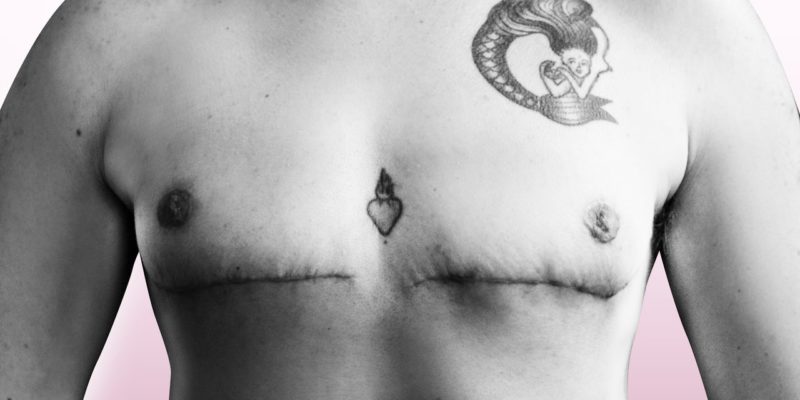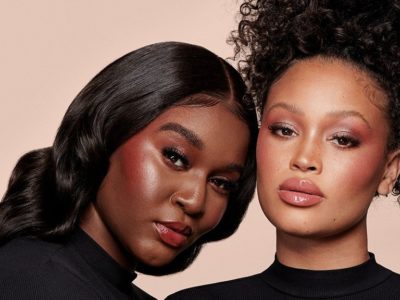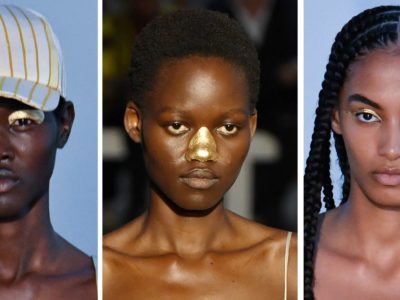
This piece is part of In Transit, our series exploring the ins and outs of transitioning — and how trans and nonbinary people define it for themselves.
My binder was never tight enough for me. I struggled to put it on every morning, like a snake trying to wriggle back into a shed skin. It was surgical-grade, ultra-thick elasticized cotton that smashed my breasts into flesh patties against my ribcage, but it didn’t make the problem go away. I tugged and fussed, checking myself from the side in the mirror. No matter what I did, my breasts were still there. When I peeled the sweaty garment off hours later, they’d be waiting for me — and I couldn’t stand them. I was aware of gender dysphoria, but the constant, nagging irritation of my breasts was unbearable.
Late at night, I would comb through images of women who’d undergone double mastectomies, their scarred chests adorned with tattoos, flowers, and empowering words. I felt guilty for wanting what they had — or, rather, what they didn’t have. Life without a binder sounded like a dream come true. But because I wasn’t a cancer patient, a mastectomy wasn’t in my future. Top surgery, however, was an option: a dramatic reshaping of the chest that would help me to create an aesthetic more aligned with my desired gender expression or identity.
In the Venn diagram of chest reshaping procedures, the overlap between the two surgeries is significant. For me, top surgery meant life in a body that felt right, at last. No binder needed.
Mastectomy vs. Top Surgery: What’s the Difference?
If you’re a transgender or nonbinary patient whose gender dysphoria is exacerbated by the presence of breast or chest tissue, you might be contemplating your next move. Mastectomies are more widely known than top surgery, making them a tempting route to getting rid of your breasts. But this isn’t necessarily the procedure that will help you attain the look you want.
Total Mastectomy
With a total mastectomy, all the breast tissue is removed, from the latissimus, to the armpit’s inframammary fold, all the way up to the clavicle, according to Tina Jenq, a board-certified plastic surgeon at the Oregon Cosmetic and Reconstructive Clinic. The technique of this particular surgery leaves thinner skin flaps and a concavity on the lateral chest and can mean the total removal of the areola, which some people replace with tattoos.
Top Surgery
For those with gender dysphoria who are considering surgery, top surgery is often more in line with their aesthetic goals, as the technique prevents the side concavity and leaves some tissue that fills out the shadow or little fold in that area. Jenq says that, unlike mastectomy, the nipple and areola and their nerve structures are often retained with this procedure, though this is up to the patient.
Where the Two Overlap
A mastectomy can be a part of top surgery, but not every top surgery is a full mastectomy. Commonly used to treat or prevent cancer, mastectomy refers to the removal of breast tissue. This type of surgery accomplishes three things: changing the shape and size of the chest’s skin envelope, altering the location of the nipple or areola, and removing breast tissue.





